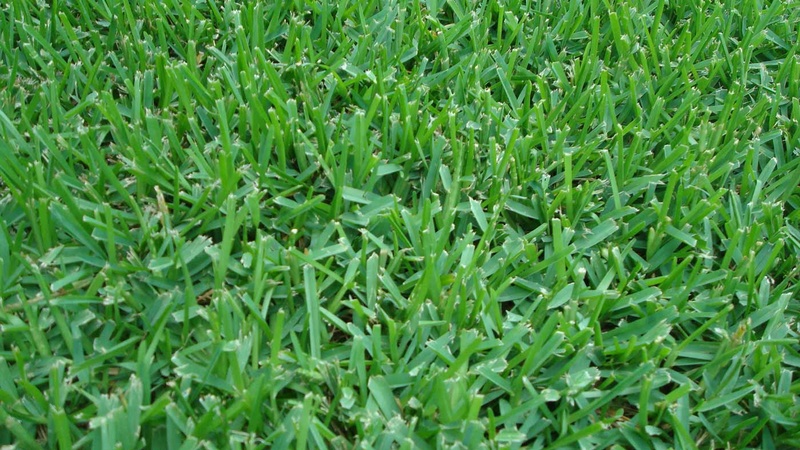
Thatch in St. Augustine Grass
Thatch is accumulated organic matter that is persistent, meaning it doesn’t decompose as fast as it builds. This layer of organic matter is caused by excessive mow clippings, leaves, and other debris that settle and rest on your lawn. Thatch is not an on-going enemy like we’ve all heard.
Thatch is accumulated organic matter that is persistent, meaning it doesn’t decompose as fast as it builds. This layer of organic matter is caused by excessive mow clippings, leaves, and other debris that settle and rest on your lawn. Thatch is not an on-going enemy like we’ve all heard. It takes years for a problematic layer of thatch to build in your lawn. There are things far worse to worry about than the bi-product of a healthy lawn. It’s important to know what thatch is before you decide to take any actions like verti-mowing or de-thatching.
Understanding Thatch
Thatch is biologically dead grass. This means there is no biological activity, no decomposing, no anything. It just sits there. It can cause moisture problems with the soil below it making it hard for water to penetrate leading to faster evaporation. This is why you see your grass drying out 1 or 2 days after you water it. In simple terms, thatch can cause a barrier between water and soil. In some cases of hard rain over a long period of time, that barrier of thatch can make it hard for water and moisture to return to normal levels. However, dry lawns are usually the victim of short run times on the irrigation system or an inconsistent watering schedule…not thatch.
Thatch and St. Augustine Grass
St. Augustine is a special kind of grass. It grows horizontal and has a lot of above ground stems. As these stems grow and creep horizontally along the surface, they form a stiff, firm mat on the soil that is easily damaged by the sun. Leaves grow erect from the stems that protect the stems from the sun and the roots grow downward into the soil. It is this mat of stems that is often and wrongly called “thatch.” The mat is an important part of the grass anatomy and not to be confused with thatch.
The Mowing Height Argument
We’ve all heard it from a neighbor, friend, or wanna-be expert: “You’re mowing your grass too high or too low!” Yes, mowing height is critical with St. Augustine, because you have to think about this mat of stems (no stems – no thick lawn). The stem mat is about 2″ (2 inches) thick above the soil in a healthy lawn. If you’re cutting your grass short, you’re mowing the stems! Remember, no stems, no St. Augustine! That’s why lawn professionals recommend at least a 4″ (4 inch) mowing height. It’s pretty simple if you think about the anatomy of St. Augustine.
How to Help
- Use mulching blades
- Bag the clippings if they are at an excessive height
- Bag leaves in the fall instead of mowing them
The Bottom Line
Thatch is not the ugly monster we’ve made it out to be. It’s a necessary component in St. Augustine. If you’re worried about thatch buildup, make sure you’re landscape guys are using mulching blades or bagging the excessive clippings. If you think you need to de-thatch your lawn, consult a professional first. De-thatching can cause permanent damage to your lawn as it severely damages the stems we’ve been talking about.